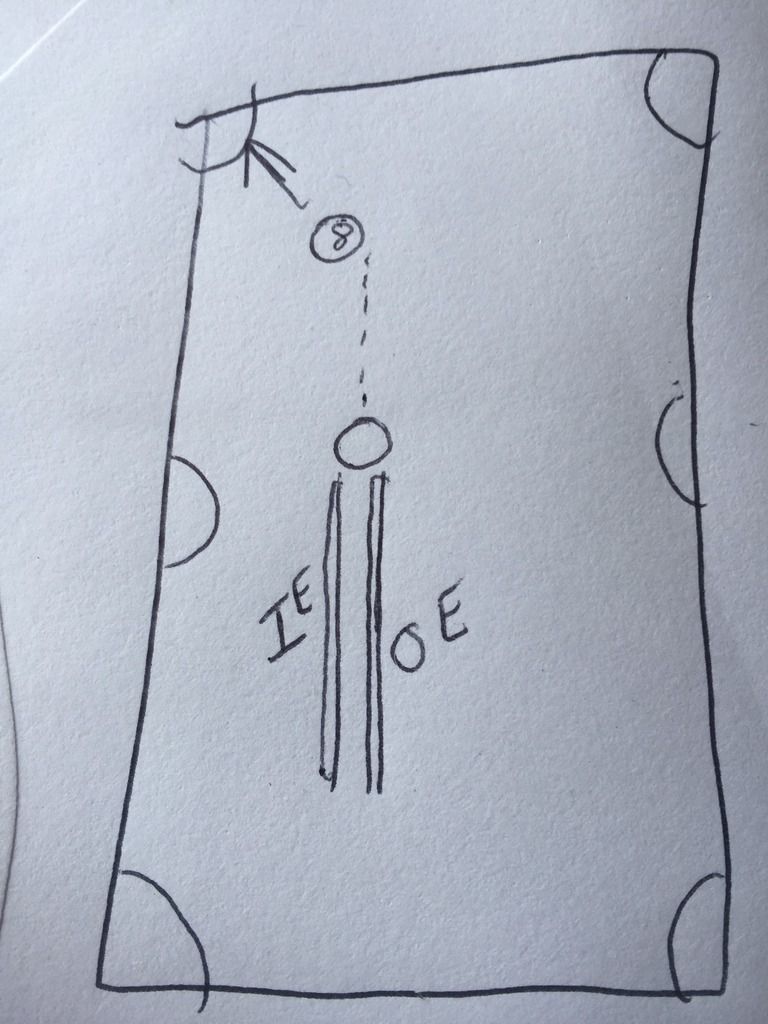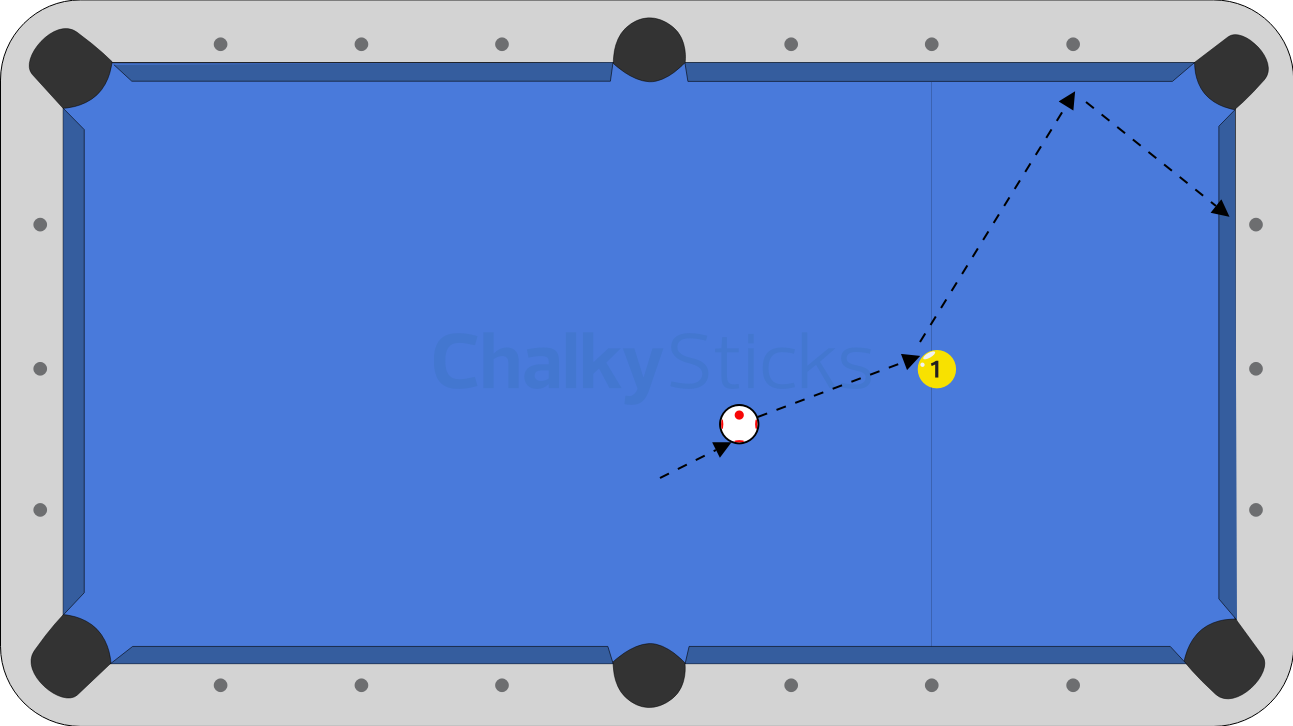Here are the definitions from the glossary on Dr. Dave's site:
inside english (IE): sidespin created by hitting the cue ball on the side towards the direction of the shot (i.e.
on the “inside” of the cue ball). For example, when the cue ball strikes an object ball on the left side, creating
a cut shot to the right, right sidespin would be called “inside english.”
outside english (OE): sidespin created by hitting the cue ball on the side away from the direction of the shot
(i.e. on the “outside” of the cue ball). For example, when the cue ball strikes an object ball on the left side,
creating a cut shot to the right, left sidespin would be called “outside english.”
http://billiards.colostate.edu/resources/glossary.pdf
Now I'm back to being confused. This is how I understood "inside" and "outside", but I was told I was wrong. Then pt109 and captainjko gave the plausible explanation for how it should be interpreted, but their explanation in in contrast with Dr Dave.

